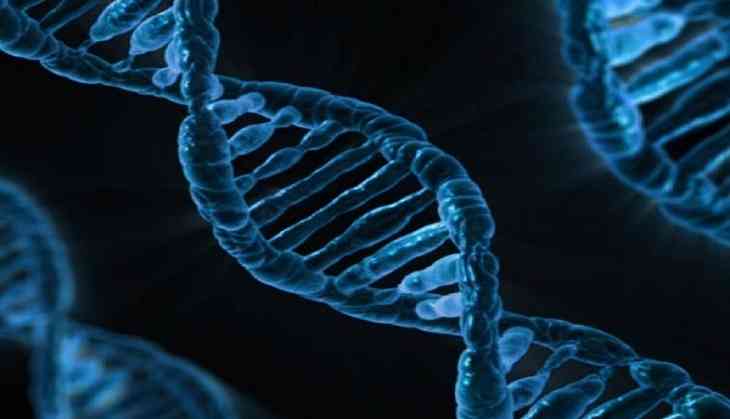
The study published in the journal 'Nature Genetics' is the first to functionally link such mutations to the neurodevelopmental condition.
The research team led by Olga Troyanskaya used machine learning to analyse the whole genomes of 1,790 individuals with autism and their unaffected parents and siblings. These individuals had no family history of autism, meaning the genetic cause of their condition was probably spontaneous mutations rather than inherited mutations.
The analysis predicted the ramifications of genetic mutations in parts of the genome that do not encode proteins, regions often mischaracterised as 'junk' DNA.
The number of autism cases linked to the noncoding mutations was comparable to the number of cases linked to protein-coding mutations that disable gene function.
The implications of the work extend beyond autism. "This is the first clear demonstration of non-inherited, noncoding mutations causing any complex human disease or disorder," said Troyanskaya.
Uncovering which noncoding mutations may cause autism is tricky. A single individual may have dozens of noncoding mutations, most of which will be unique to the individual. This makes the traditional approach of identifying common mutations among affected populations nonviable.
Troyanskaya and her colleagues took a new approach. They trained a machine learning model to predict how a given sequence would affect gene expression.
"This is a shift in thinking about genetic studies that we are introducing with this analysis," said Chandra Theesfeld, a research scientist in Troyanskaya's lab.
The researchers studied the genetic basis of autism by applying the machine learning model to a treasure trove of genetic data called the Simons Simplex Collection.
The Simons Simplex Collection contains the whole genomes of nearly 2,000 'quartets' made up of a child with autism, an unaffected sibling and their unaffected parents.
These 'quartets' had no previous family history of autism, meaning that non-inherited mutations were probably responsible for the affected child's condition.
The researchers used their model to predict the impact of non-inherited, noncoding mutations in each child with autism. They then compared those predictions with the effects of the same, unmutated strand in the child's unaffected sibling.
"The design of the Simons Simplex Collection is what allowed us to do this study. The unaffected siblings are a built-in control," said study's co-author Jian Zhou.
Noncoding mutations in many of the children with autism altered gene regulation, the analysis suggested.
Moreover, the results suggested that the mutations affected gene expression in the brain and genes already linked to autism, such as those responsible for neuron migration and development.
"This is consistent with how autism most likely manifests in the brain. It's not just the number of mutations occurring, but what kind of mutations are occurring," says study co-author Christopher Park.
The researchers tested the effects of some of the noncoding mutations in laboratory experiments. They inserted predicted high-impact mutations found in children with autism into cells and observed the resulting changes in gene expression. These changes affirmed the model's predictions.
-ANI


